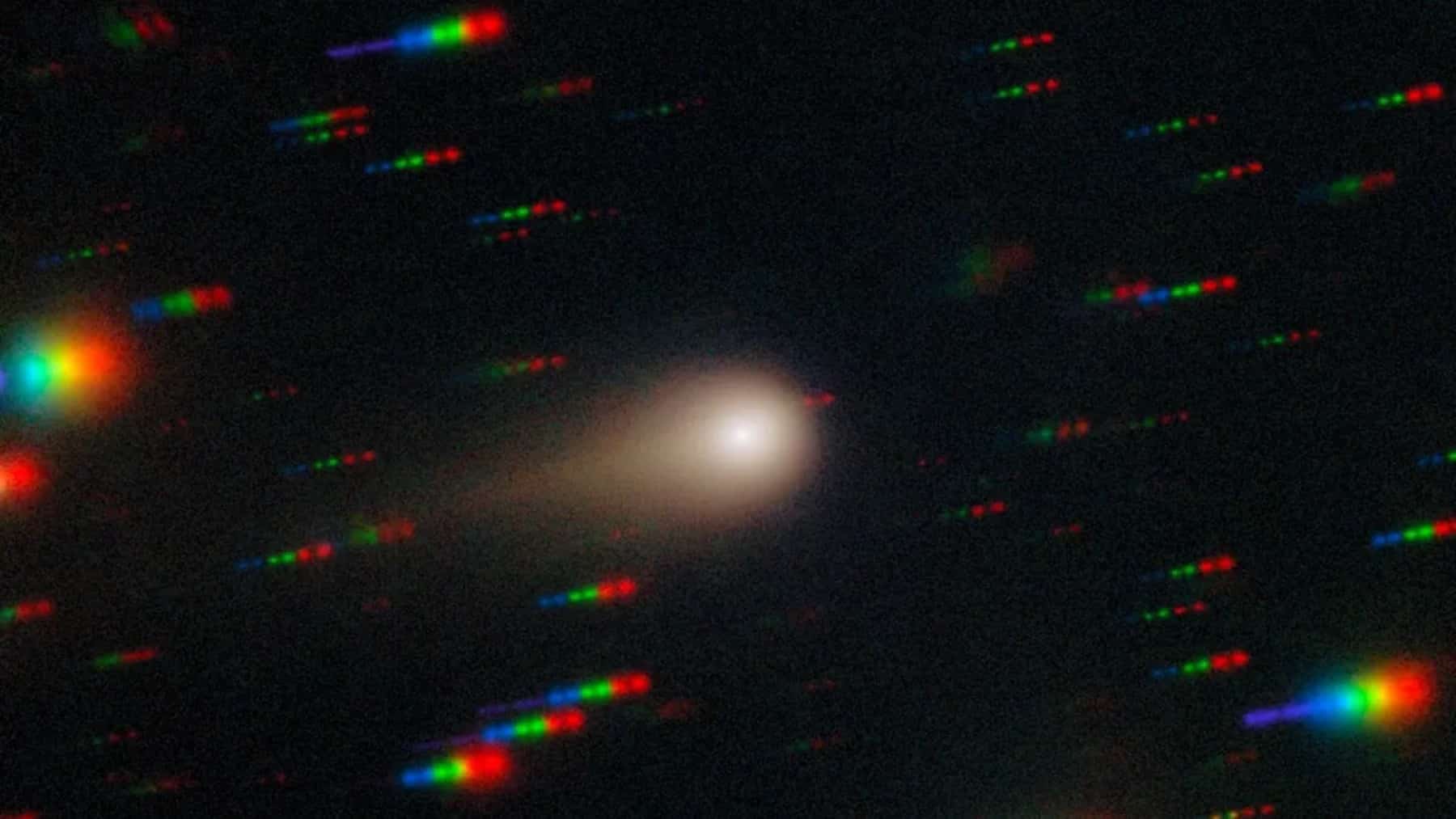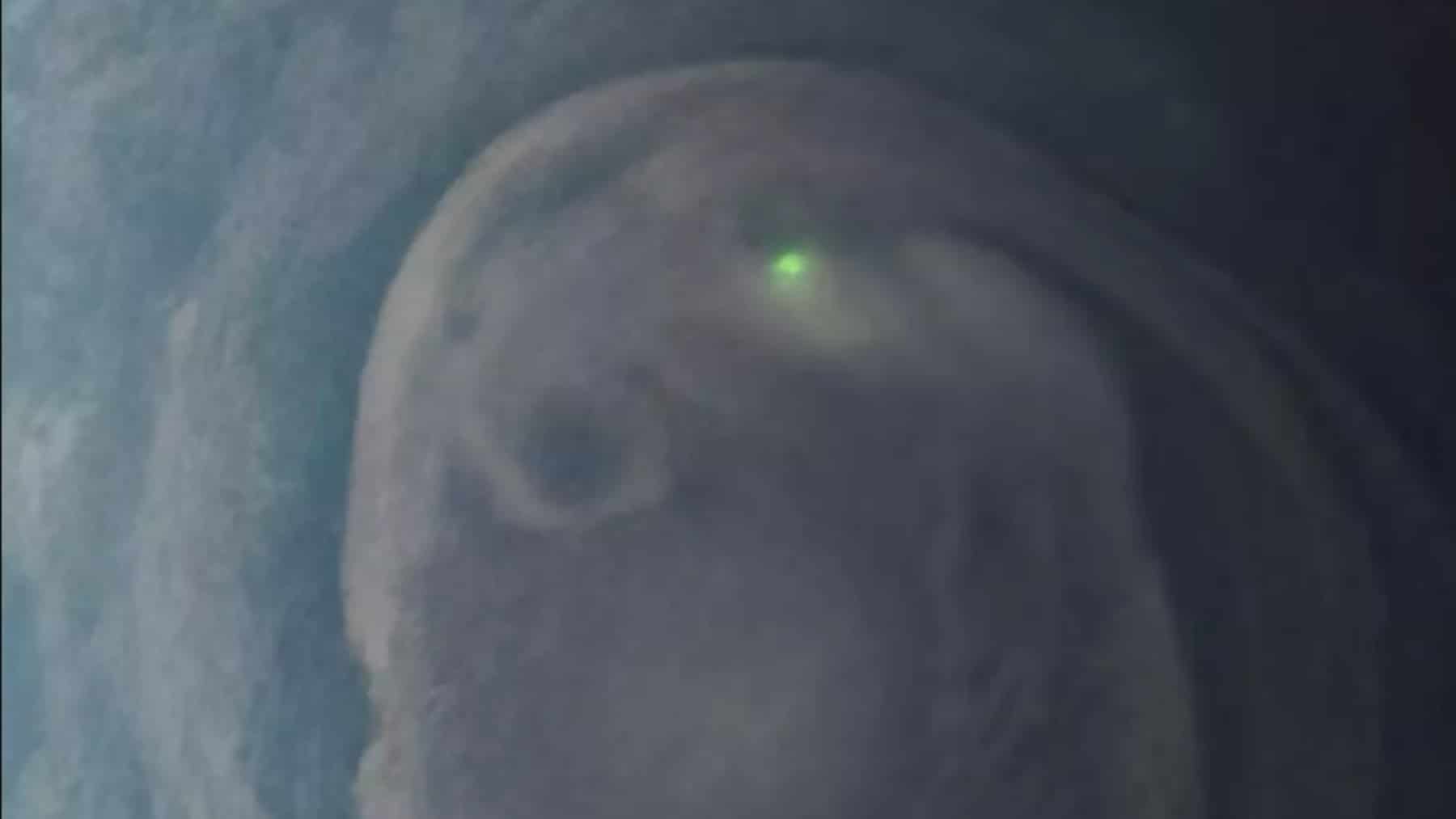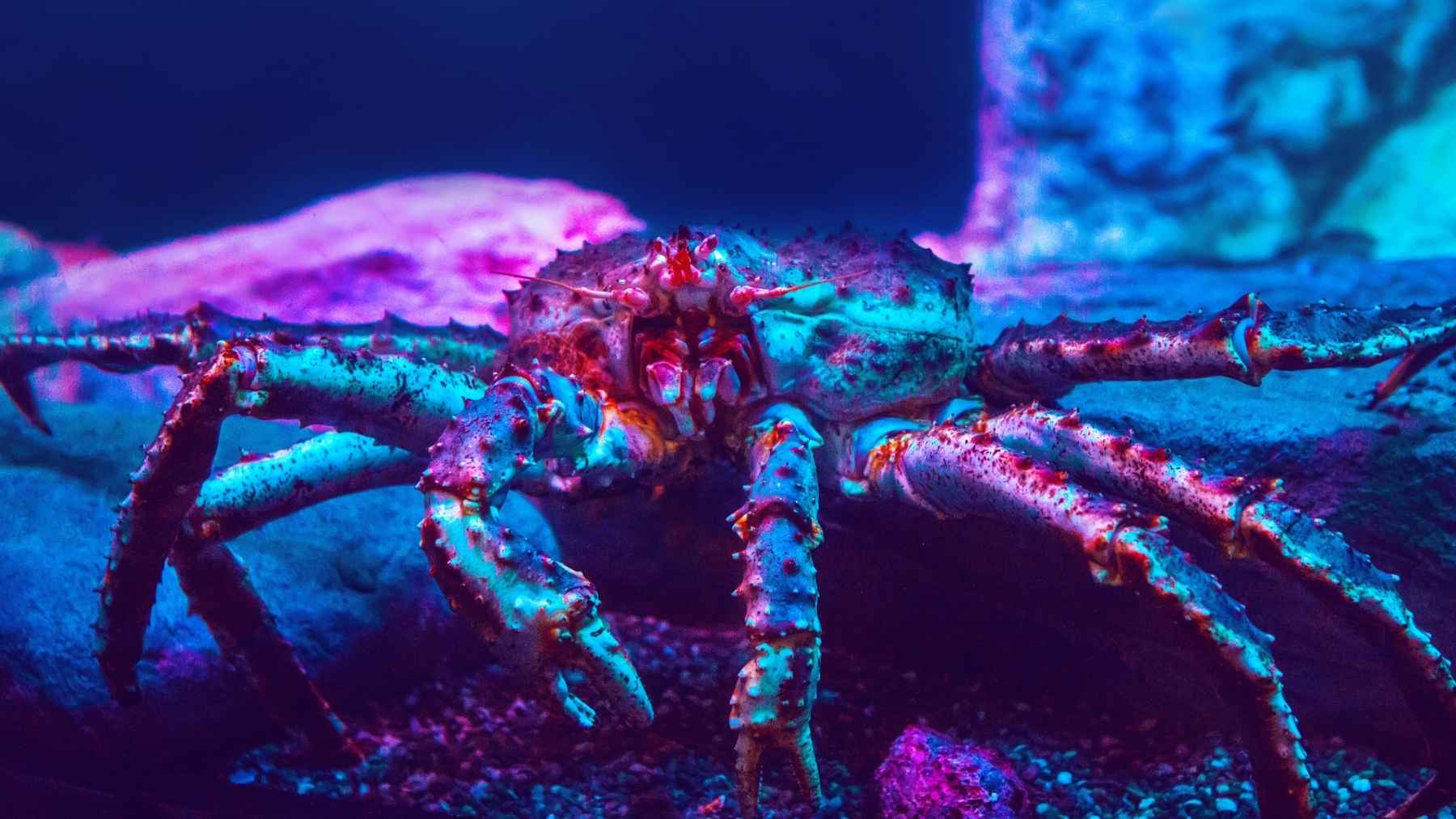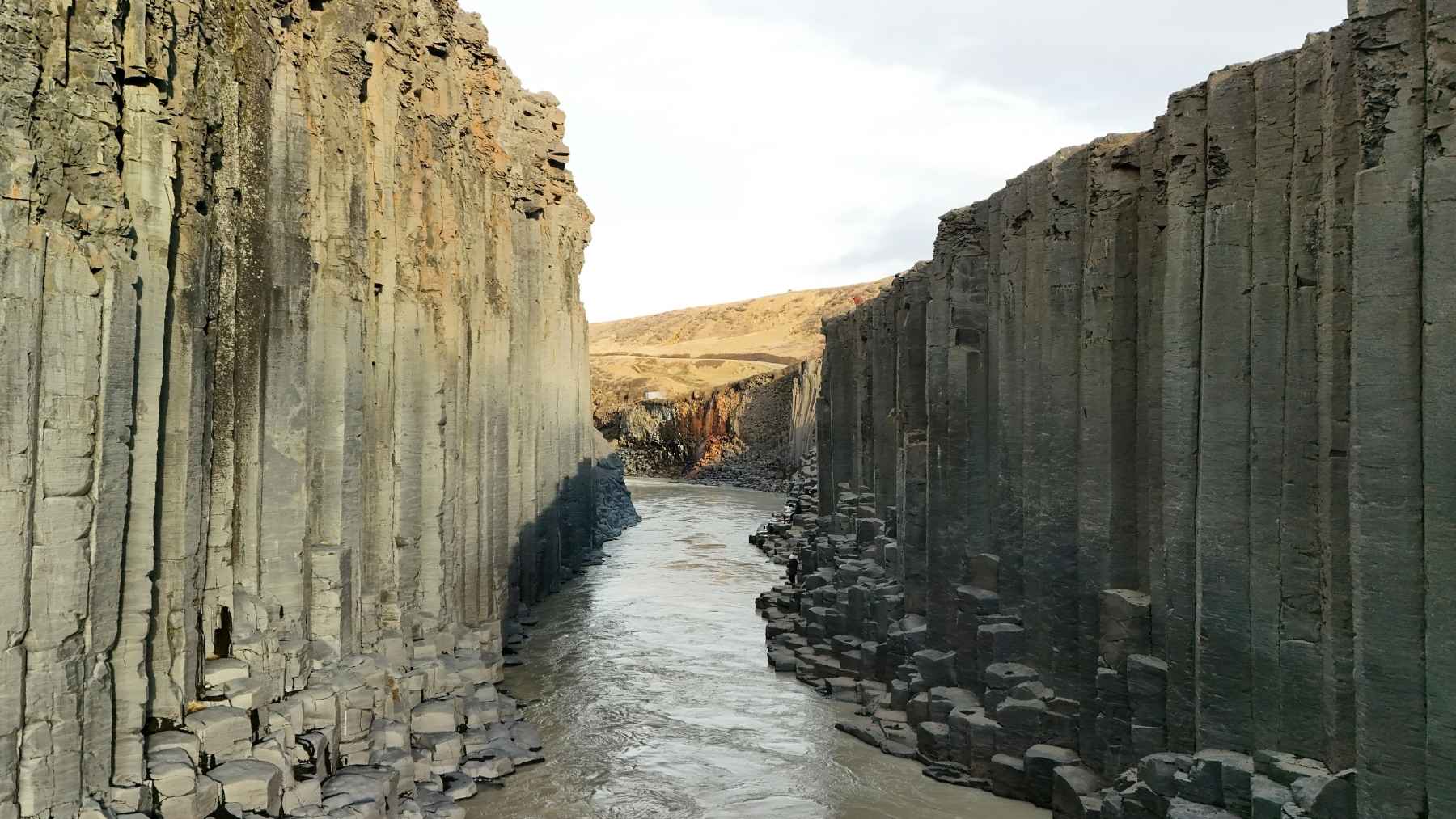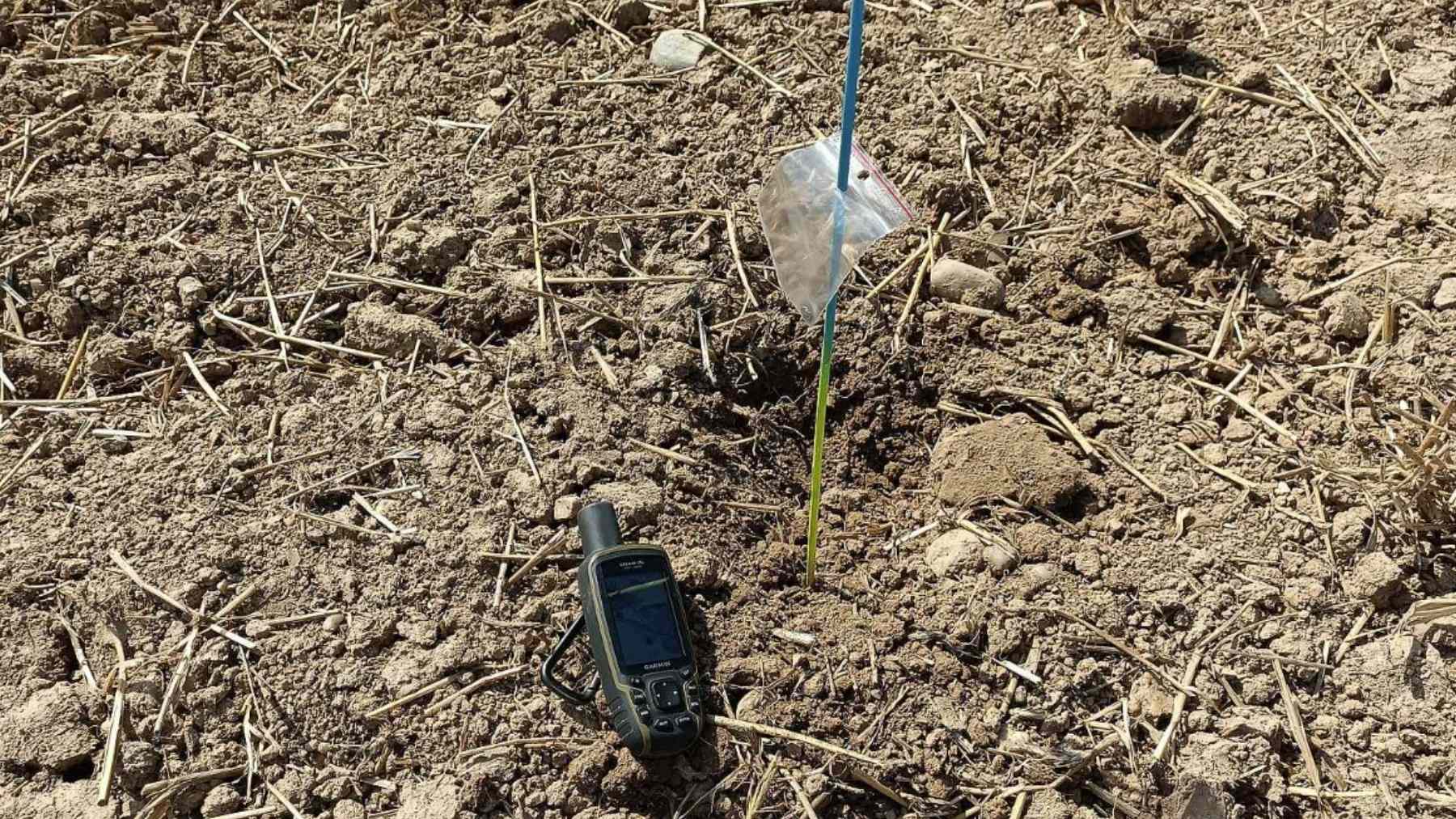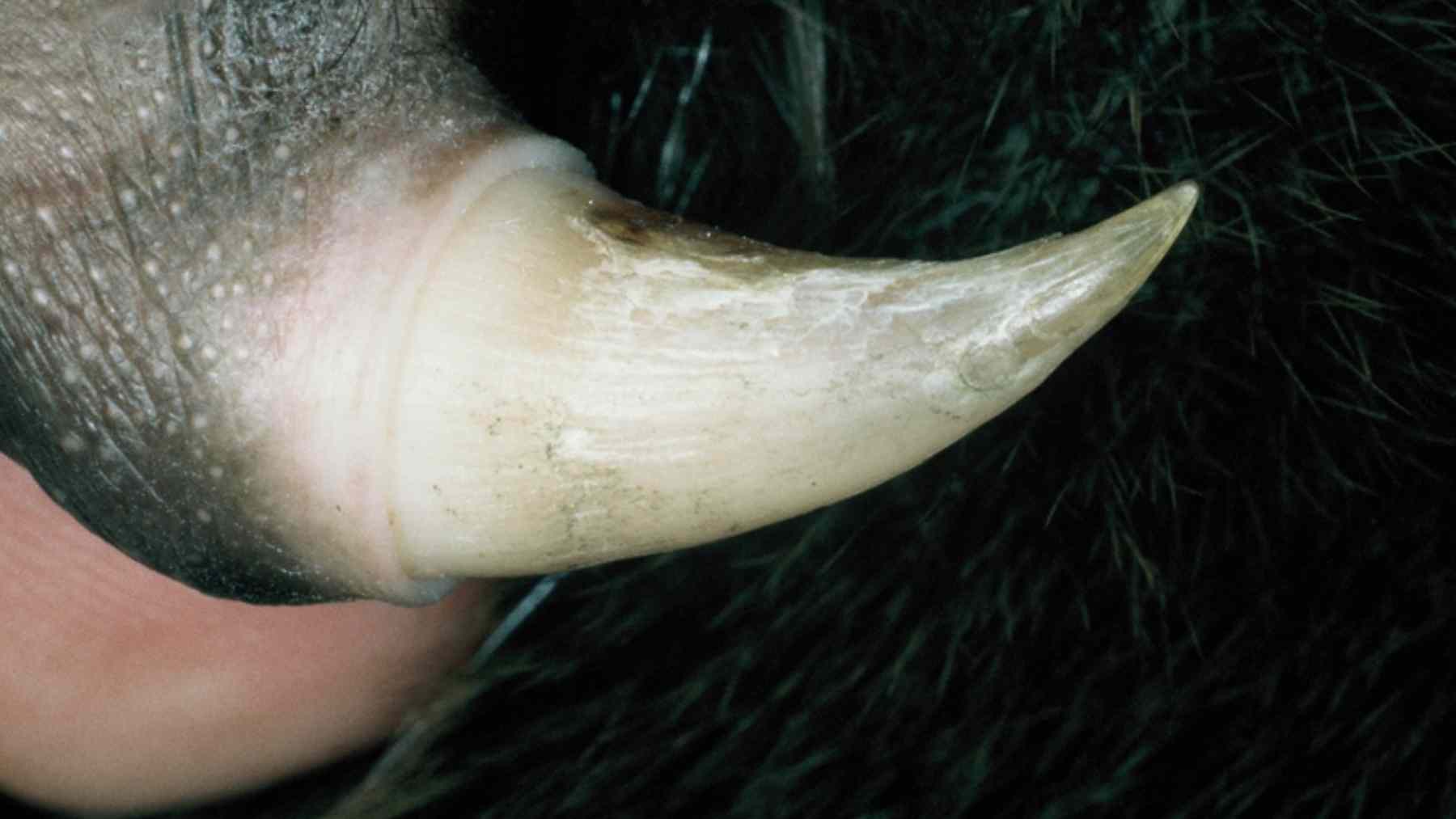There is something strange going on out there. A Manhattan-sized asteroid named 3I/ATLAS just underwent what appears to be a total transformation. It had this peculiar “anti-tail” pointing in the wrong direction. But now? It’s got itself a real comet tail, like it never even had a problem. Scientists are left scratching their heads, and a Harvard researcher is wondering if alien forces may be at work.
Mysterious object transforms from anti-tail to normal comet
3I/ATLAS has been peculiar ever since July, when it was first noticed. This 33 billion-ton comet first showed signs of what is known as an “anti-tail” – think of it like a plume going in the opposite direction. This is just one anomaly that garnered attention because it is not how comets usually work. Its anti-tail included carbon dioxide, water, cyanide, and a nickel alloy that is manufactured on Earth.
Current images taken at Spain’s Nordic Optical Telescope have indicated that the body is completely reversing its behavior. Today, it is exhibiting the expected typical trait of a comet with a tail pointing away from our Sun. This occurred due to 3I/ATLAS’s proximity to our star and the intense 33 gigawatts of solar energy it is exposed to. This Unfastens materials falling away behind the body to form a typical comet tail.
Harvard researcher proposes the possibility of controlled maneuvering
Harvard astrobiologist Avi Loeb believes that such a pattern could imply “controlled maneuvers” of an alien spaceship. “If it is slowing down with a braking system, the anti-tail would be a representation of the thruster exhaust that would revert to the regular tail configuration after deceleration,” he wrote.
International monitoring networks are activated for unprecedented observations
Space agencies across the globe have rolled out measures to follow this newly discovered interstellar asteroid. The International Asteroid Warning Network included 3I/ATLAS in their target list this week, although they indicated it does not pose a threat to our planet. Various telescopes, such as the James Webb Space Telescope, have produced images with details of this asteroid’s changing nature.
Key observation milestones:
- July 2025: First discovery with the ATLAS detector
- August 2025 – James Webb takes infrared spectra
- September 2025: Tail transformation recorded by the Nordic Optical Telescope.
- October 2025: Orbiter HiRISE takes the highest-resolution images to date
“Although it does not pose any threat to our planet, comet 3I/ATLAS provides a huge opportunity to the community of IAWN to undertake observing activities because it is observable for such a long time from planet Earth and is of high scientific community interest,” declared the International Asteroid Warning Network.
One such rare interstellar visitor is challenging our understanding completely
Just three objects have been confirmed to have passed through our solar system. 3I/ATLAS is the third confirmed interstellar visitor to our solar system, with ‘Oumuamua in 2017 and Borisov in 2019. It is unique because it seems to have the ability to alter its patterns mid-trajectory. This body is on a hyperbolic orbit that will one day see it return to interstellar space. The closest it ever gets to the Sun is on October 29th, at 1.8 times the orbit of our planet. This is their only chance to analyze objects formed around another star billions of years ago.
The data relating to material composition in particular fascinates researchers because it involves materials that shouldn’t be there. The nickel alloy discovered in the anti-tail is still manufactured only in human industrial production. It is now combined with the changes in behavior that raise questions as to whether we can be witnessing natural phenomena. As 3I/ATLAS heads back to interstellar space, it is leaving questions unanswered with regard to what exactly is out there.
